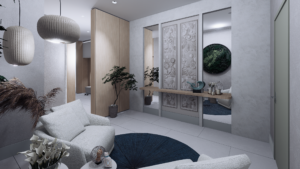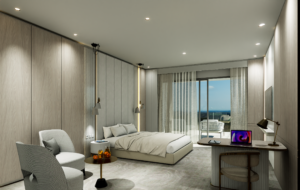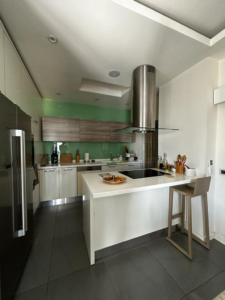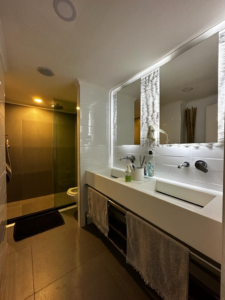1. Determine Goals and Needs
2. Style and Theme
3. Wall Color: Walls are the basic color that determines the atmosphere of your room. They are important because they cover a large surface area. Neutral colors (white, beige, gray) are usually preferred on walls because they allow other colors to stand out. However, you can add character to your room by choosing a bold color.
4. Furniture and Accessories: If you have existing furniture or new furniture that you are considering, you can create a color palette that matches the colors of the furniture. Accessories (curtains, pillows, rugs, paintings) are a great way to balance and highlight colors in a room.
5. The Role of Light
6. Emotional Impact: Colors have an emotional impact on people. For example, blue can create a sense of calmness, while yellow can feel energetic and lively. Consider the emotions that colors you are interested in make you feel.
7. Balance Color Harmony: Avoid using too many colors in the room. Use neutral colors as well as primary colors to balance the colors and achieve a harmonious look.
8. Trends and Personal Preferences: Fashion and trends can change, so avoid using colors that you may not like in the long run. Also consider your own personal tastes and style.





















